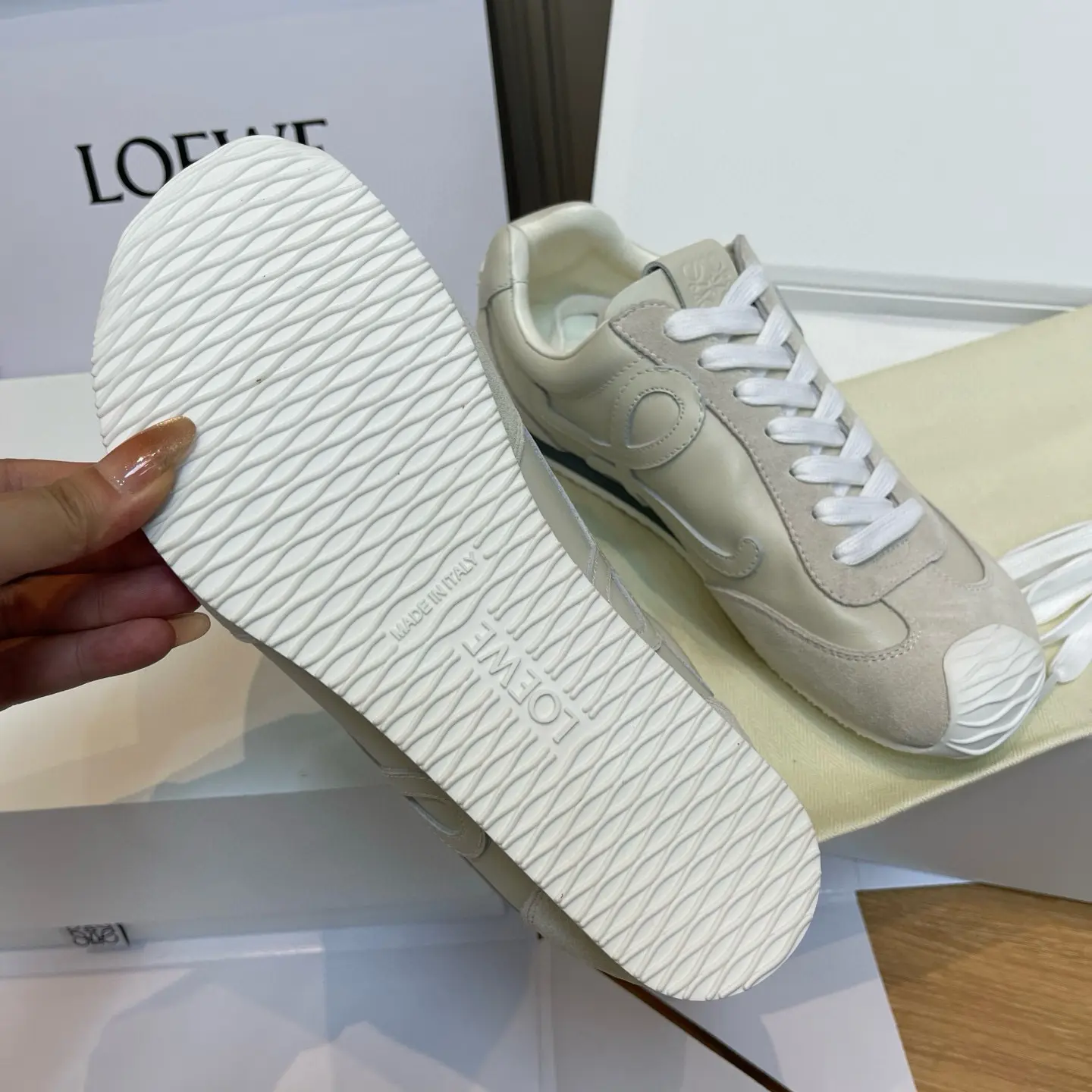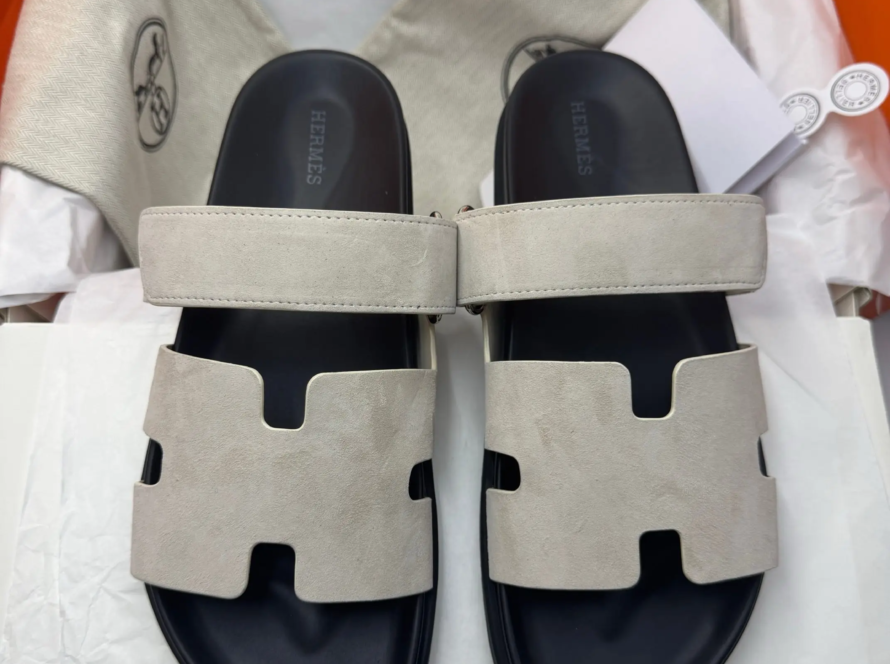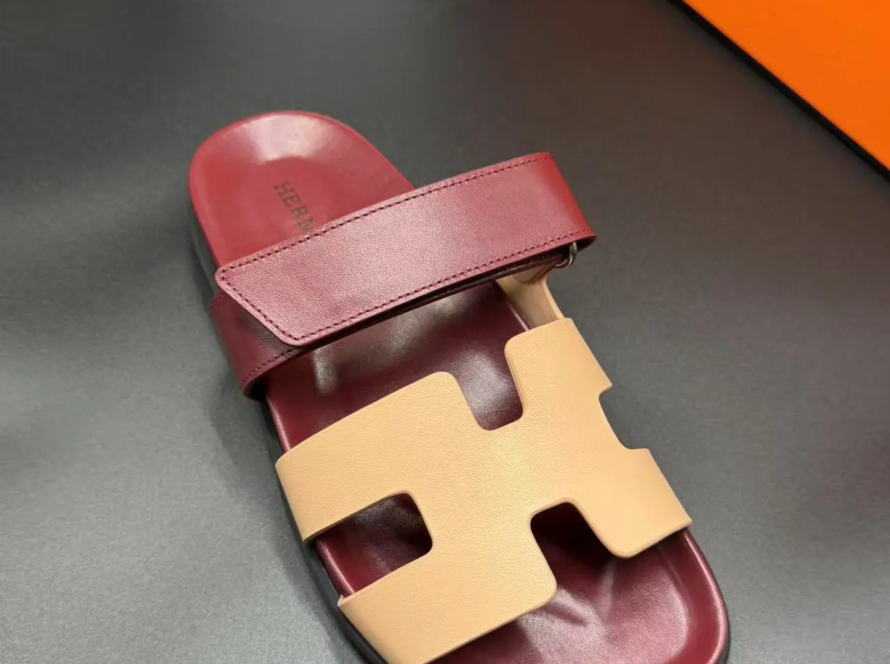
The revolutionary elegance of ceramic high heels: an art of craftsmanship for the discerning collector
In the ever-evolving world of haute couture, innovation is the hallmark of true luxury. In avant-garde creations that capture the attention of affluent consumers and bespoke clients, ceramic high heels A testament to the union of art, science and uniqueness. These extraordinary pieces transcend traditional footwear and redefine the boundaries of materials and craftsmanship.
The allure of ceramics: why this material matters
Long revered in the fine arts and cutting-edge engineering, ceramics is not just a decorative option for heels, but a strategic evolution. Unlike traditional materials such as wood, plastic or metal, ceramics offer unparalleled advantages:
- Unparalleled durability: Ceramic heels are fired at extreme temperatures and are resistant to scratches, corrosion, and daily wear and tear, ensuring a service life unmatched by similar products.
- Hypoallergenic purity: Ceramic is non-porous and toxin-free, making it ideal for sensitive skin and providing a germ-free, luxurious finish.
- Lightweight strength: Advanced ceramic composite materials can be designed to be lighter than titanium while maintaining structural integrity and eliminating the discomfort of heavy heels.
- Aesthetic diversity: Glazed, matte or hand-painted – the ceramic surface can imitate marble, gemstones or abstract art, turning heels into sculptural masterpieces.
For luxury collectors, ceramic pumps represent more than just footwear. They are wearable works of art destined to become family heirlooms.
The Craftsman’s Touch: The Craftsmanship Behind the Creation
Making ceramic high heels requires the precision of a sculptor and the rigor of a materials scientist. Each pair is born from a labor-intensive process:
- Hand carved shapes: Master craftsmen sculpt the shape of the heel from raw ceramic clay, often using 3D modeling to achieve ergonomic precision.
- High temperature firing: Clay is kiln fired at temperatures of 1,200–1,400°C, a process that strengthens the material and solidifies its shape.
- Glazing and finishing: Apply multiple layers of glaze to achieve desired texture and color, then fire a second time to blend the finish.
- Integration with luxury materials: Ceramic heels paired with hand-stitched leather, silk or exotic leathers ensure a harmony of innovation and tradition.
This process can take weeks or even months, resulting in the famous studio producing less than 50 pairs of shoes per year.
Design Pioneers: Where Fashion Meets Architecture
Ceramic heels appeal to visionary designers seeking to blur the lines between fashion, sculpture and architecture. Think Iris van Herpen’s organic futurism or Zaha Hadid’s fluid geometries translated into footwear. The material’s rigidity allows for gravity-defying shapes: spirals, asymmetrical curves and grid structures that would never be possible with metal or plastic.
Collectors gravitate toward limited-edition collaborations, such as pumps encrusted with Swarovski crystals, set in glazed ceramics, or pieces inspired by Ming Dynasty porcelain. The designs often debut at exclusive presentations, such as Paris Haute Couture Week, for clients who value rarity and narrative.
A combination of wearability and uniqueness: comfort and practicality
A common criticism of art footwear is that it’s uncomfortable – ceramic heels break that concept. Ergonomics carefully calculated:
- weight distribution: Hollow ceramic design reduces load on the sole of the foot.
- Anti-slip base: Textured or rubberized finish ensures stability of polished surface.
- Custom accessories: Customized customers will receive a 3D scan of their feet for personalized support.
While these heels aren’t designed for marathon running, they prioritize elegance without sacrificing wearability for a gala or gallery opening.
Sustainability and ethical luxury
For the eco-conscious elite, ceramic pumps adhere to the principles of sustainable luxury:
- Environmentally friendly production: Ceramics are made of natural minerals (kaolin, feldspar) and do not contain synthetic resin.
- Longevity beats trends: Their durability can combat the waste of fast fashion and appeal to customers who invest in timeless pieces.
- localized craftsmanship: Many artisans source materials locally and use low-waste techniques like ceramic recycling.
Customized experience: uniquely you
For high-net-worth individuals, the real value lies in customization. Clients work directly with craftsmen to design heels that reflect their personal aesthetic—whether that’s incorporating a family crest into the glaze or echoing the architecture of a prized property. Prices range from $8,000 for a limited edition to more than $30,000 for a custom commission, positioning the ceramic heels as an investment similar to fine jewelry.
Conclusion: The future of luxury footwear
Ceramic heels are more than just a passing trend, they mark a paradigm shift in luxury fashion. By blending traditional craftsmanship with space-age materials, they provide collectors with tangible art objects that challenge convention. As technology advances, it is expected that reinforced ceramic composites, such as self-healing surfaces or embedded smart components, will further enhance these designs.
For those who want to own a piece of fashion history, ceramic pumps are a compelling proposition: sculptural, sustainable and extremely unique.
FAQ: Ceramic High Heels
Q: Are ceramic heels fragile?
A: While ceramics are inherently hard, modern composites are designed to be flexible. They are more resistant to scratches and chips than wood or acrylic, but should be treated as delicate works of art and protected from sharp impacts.
Q: How to maintain ceramic high heels?
A: Wipe with a microfiber cloth; avoid harsh chemicals. Store in padded dust bag separate from other shoes to prevent surface contact.
Q: Can the ceramic heels be repaired if they are damaged?
A: Yes, professional craftsmen can re-fire small pieces or use high-strength adhesive to re-attach the heels. Severe damage may require complete restoration.
Q: Is it comfortable to wear for a long time?
A: Custom shoes prioritize ergonomics, but like all high heels, they are best suited for activities lasting 3-4 hours. Custom orthopedic spacers can improve comfort.
Q: How do I commission a customized pair?
A: Contact Luxury Studio directly or through a personal shopper. Expect consultation involving design sketches, material selection and 3D foot mapping.
Q: Why are ceramic high heels so expensive?
A: Costs reflect labor-intensive processes, rare materials and low production volumes. Each pair is actually a hand-carved work of art.
Q: Are ceramic heels waterproof?
A: Yes, glazed ceramics are inherently waterproof. However, attached materials (such as leather) may require protective treatment.
For the discerning collector, ceramic pumps represent the pinnacle of luxury: a fusion of art, innovation and exclusivity. As Coco Chanel once said, “Luxury must be comfortable, otherwise it is not luxury”– This new area of footwear achieves just that.



